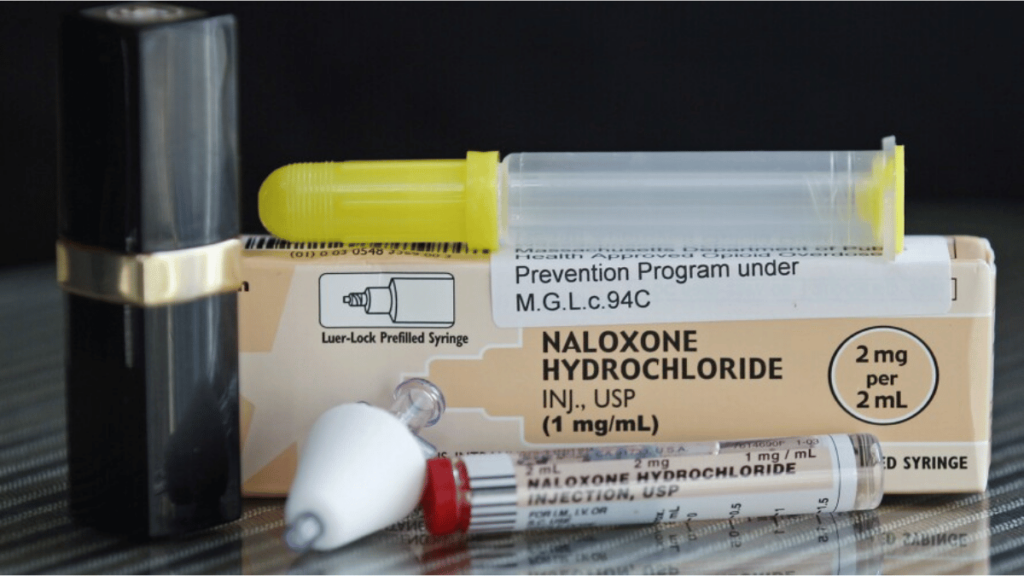All 13 Appalachian states hosted more than 300 events on Save A Life Day and distributed more than 45,000 doses of naloxone.
Naloxone is a medication that works to reverse opioid overdoses. One common brand is Narcan, an easy-to-use nasal spray.
In 2020, the first Save A Life Day was organized by the West Virginia Department of Health and Human Resources (DHHR) Office of Drug Control Policy (ODCP) in partnership with SOAR WV, a Charleston-based community group with the stated goal of promoting the health, dignity, and voices of individuals who are impacted by drug use.
This year, the Bureau for Behavioral Health provided $600,000 worth of naloxone in West Virginia and distributed 29,438 doses to community organizations and individuals across the state.
“The expansion of Appalachian Save a Life Day across multiple states underscores our relentless pursuit of saving lives and providing hope to those affected by the opioid crisis,” said Rachel Thaxton, Interim Director for DHHR’s ODCP. “Together with our partners, we have not only made naloxone more accessible but have also opened the door to a brighter future for individuals and families in need.”
Three years since the effort began in just two counties, more than 180 counties across 13 states participated and distributed more than 45,000 naloxone doses throughout Appalachia.
According to Iris Sidikman, the Appalachian Save a Life Day Coordinator with SOAR, about 20,000 doses were distributed last year.
“One of the most moving things about Save A Life Day, to me is watching people take this idea, this idea that we had and this work that we’ve done, and bring it to their community, all the way up and down the country,” Sidikman said. “That, I think, has been the most meaningful part to me.”
Appalachia Health News is a project of West Virginia Public Broadcasting with support from Charleston Area Medical Center and Marshall Health.




















